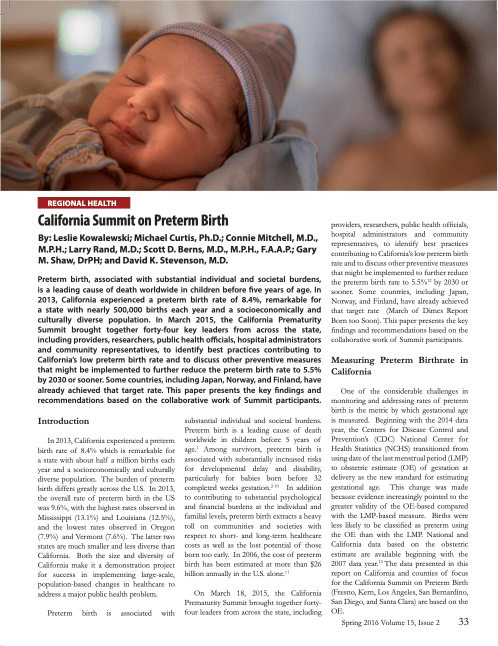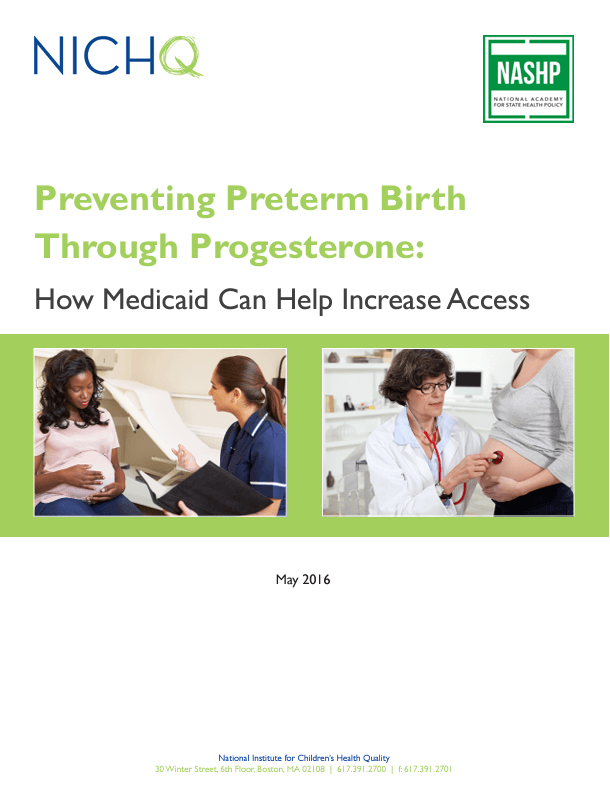Resources
Campaigns

Prematurity Awareness Month
Prematurity Awareness Month Help end preventable preterm birth In 2022, 1 in every 10 infants born in the United States was born prematurely, putting them at a higher risk for disability and death. This November, join NICHQ in raising awareness about preterm birth and reducing the risks to improve maternal and child health outcomes. Supporting…
Learn more about this campaignCampaigns

Reducing the rate of preterm birth
Learn evidence-based strategies from NICHQ and partners to help reduce the rate of preterm birth in the U.S. and improve perinatal and infant health outcomes.
Learn more about this campaignDownloadable Content

ECHO DINE Research Findings
Quick facts about the ECHO DINE study on the long-term impact of environmental exposures in NICUs.
Download this resourcePublications

Statewide Initiative to Reduce Postnatal Growth Restriction among Infants <31 Weeks of Gestation
Nutritional practices cut postnatal growth restriction in NY preemies by 19% from 2010 to 2013.
Access this publicationBlog

Collaborative Approach Helps Minnesota Accelerate Improvement
Many vital systems, such as the lungs and brain, complete their development during a baby’s last weeks of gestation. So, when a baby is born preterm (before 37 weeks) there is an increased risk of health-related complications and infant mortality. Because nearly 1 in 10 babies is born preterm in the United States, reducing preterm births is…
Read this blog postPublications

Appropriate Use of Progesterone to Prevent Preterm Birth: Approaches to Measurement for Driving Improvement
The study found six methods to measure 17P use for preterm birth prevention, each with limits.
Access this publicationPublications

California Summit on Preterm Birth
In March 2015, the California Prematurity Summit brought together leaders from across the state to identify best practices contributing to California’s low preterm birth rate and to discuss how to further reduce the preterm birth rate to 5.5% by 2030 or sooner.
Access this publicationDownloadable Content

Preventing Preterm Birth Through Progesterone
Overcoming barriers to help moms access treatments that reduce the risk of preterm births.
Download this resource